Thermoelectrics
Thermoelectric devices enable sustainable power generation by directly converting heat into electrical energy. Consequentially, they possess the distinctive ability to effectively generate useable electric energy from waste heat, accounting for approximately 67% of the total energy input worldwide. they operate silently and without vibration, ensuring strong mechanical stability and no environmental impact without generating harmful chemicals such as greenhouse gases. With flexibility in size and structure, they show great promise in powering microelectronics, flexible electronics, and traditional industrial applications such as chemical plants and automobiles. However, despite their potential, the commercialization of thermoelectric device has been hindered by their low efficiency.
Our focus lies in developing innovative strategies to enhance thermoelectric performance, overcoming limitations imposed by conventional semiconductor physics. Through our research, we have achieved groundbreaking improvements in thermoelectric efficiency. Our approach primarily involves designing and engineering multiscale defect structures within bulk materials using conventional solid-state reactions and advanced synthesis methods. We thoroughly analyze these structures using atomic level analyzing tools, gaining insights into their formation and their influence on charge and thermal transport properties.

Nat. Mater. 2021, 20, 1378–1384 [2022년 국가연구개발 우수성과 100선 선정]
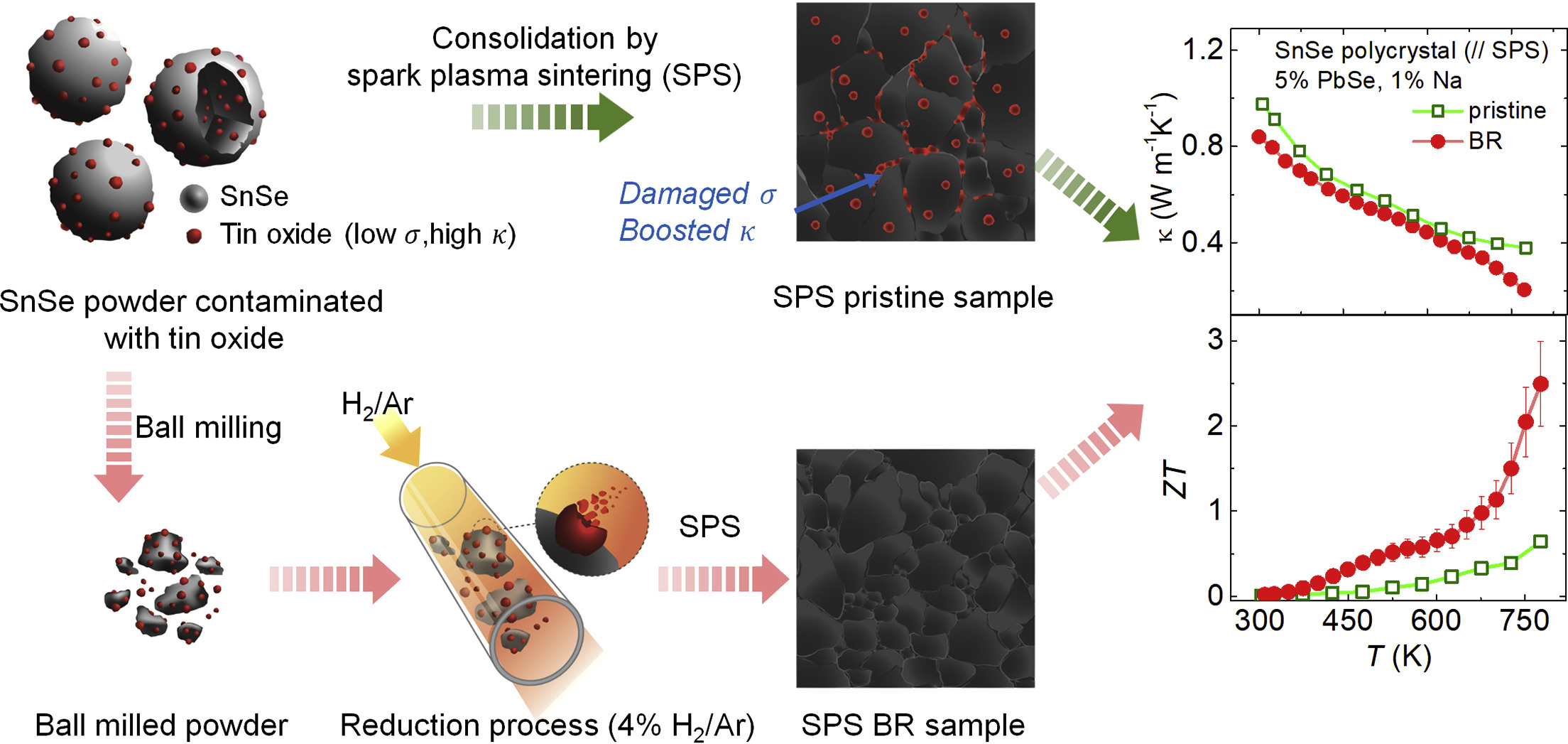
Joule, 2019, 3, 719–731
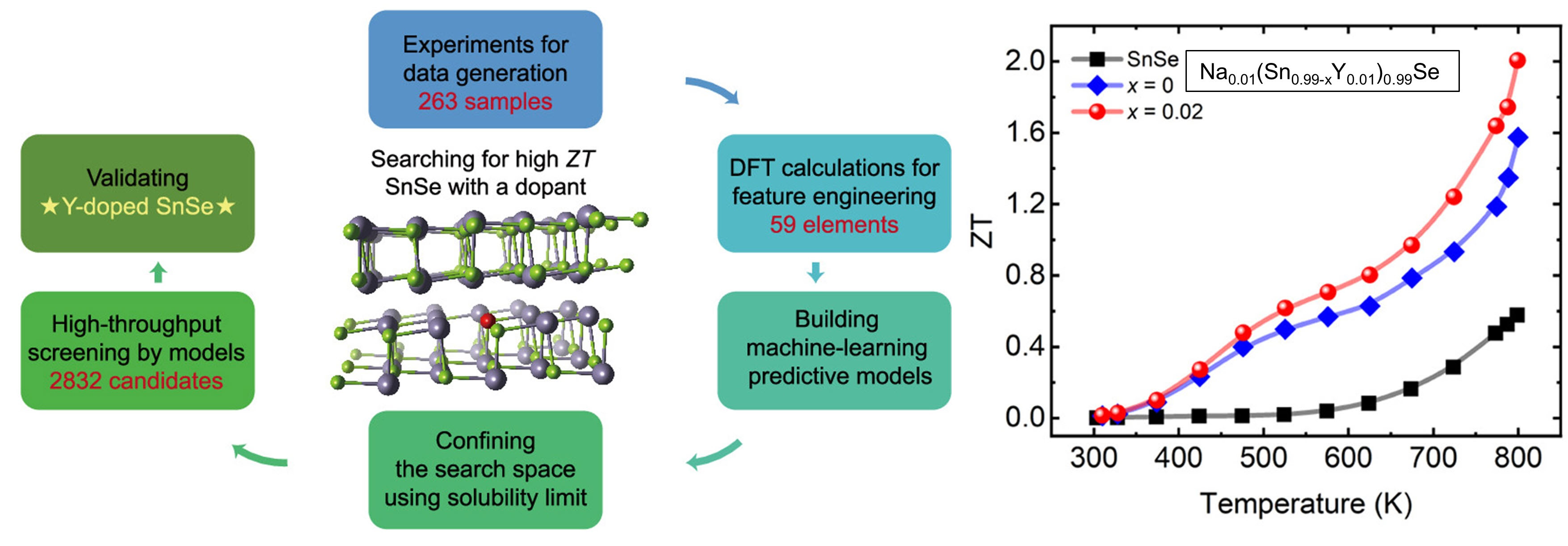
J. Am. Chem. Soc. 2022, 144, 13748–13763
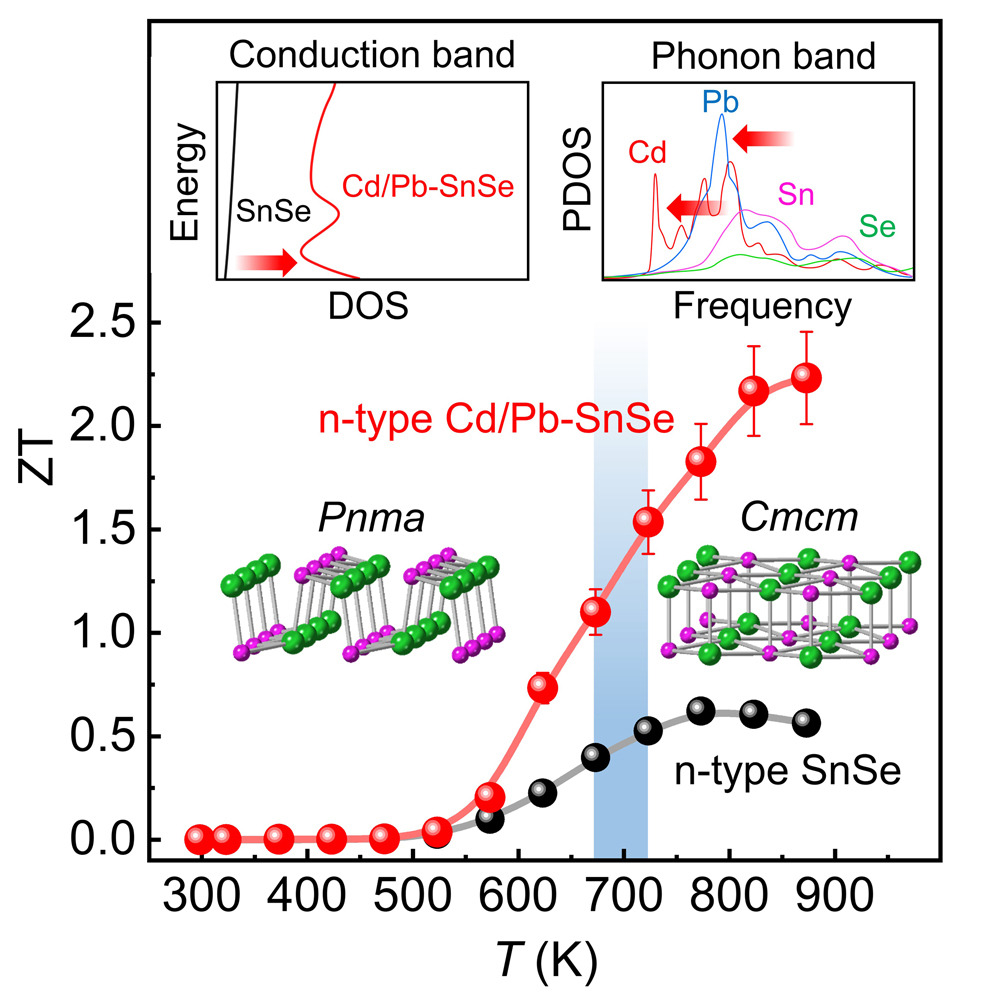
Joule, DOI:10.1016/j.joule.2024.02.013
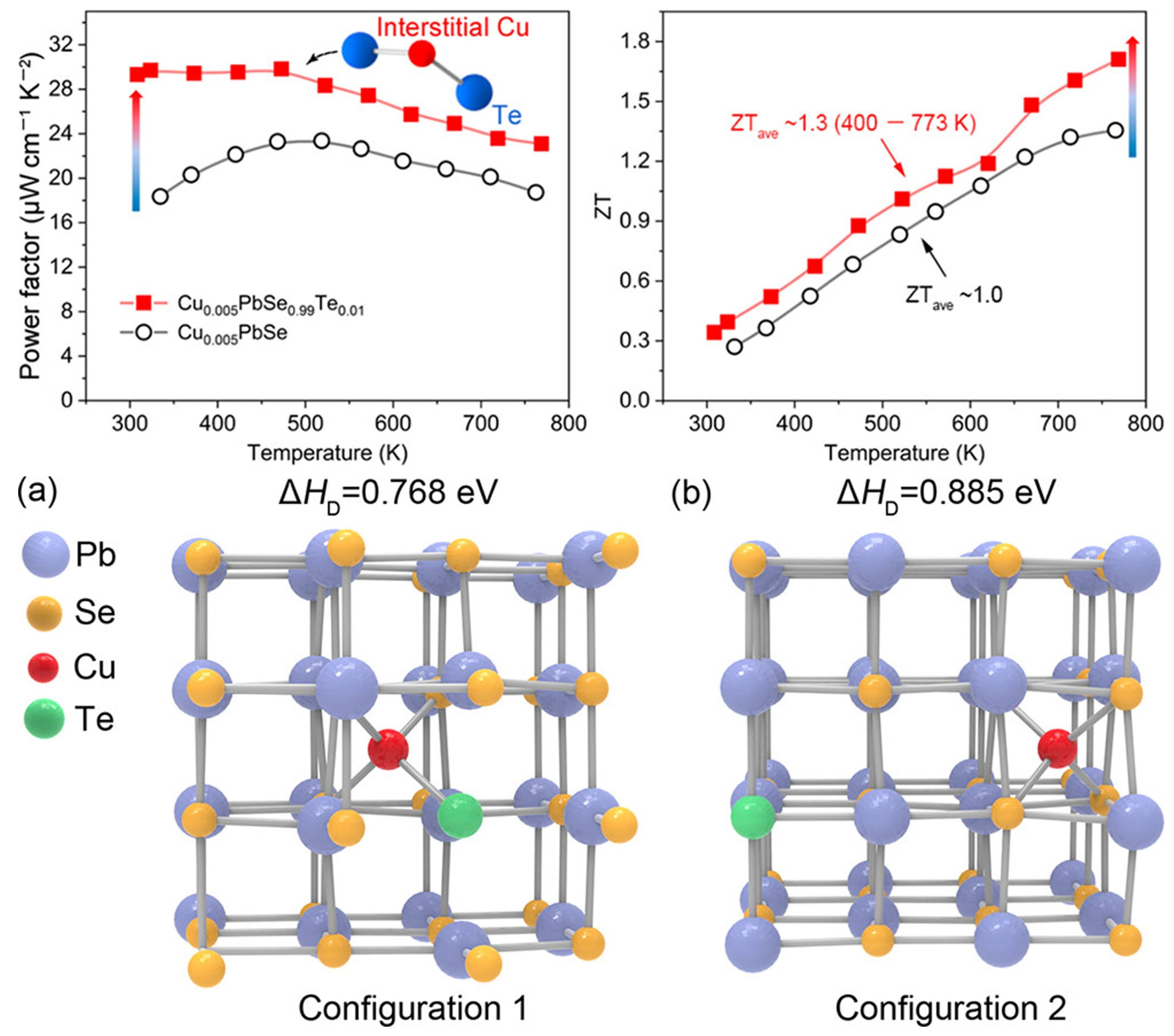
J. Am. Chem. Soc. 2020, 142, 15172–15186
[Chief Editor 선정 Front Cover]
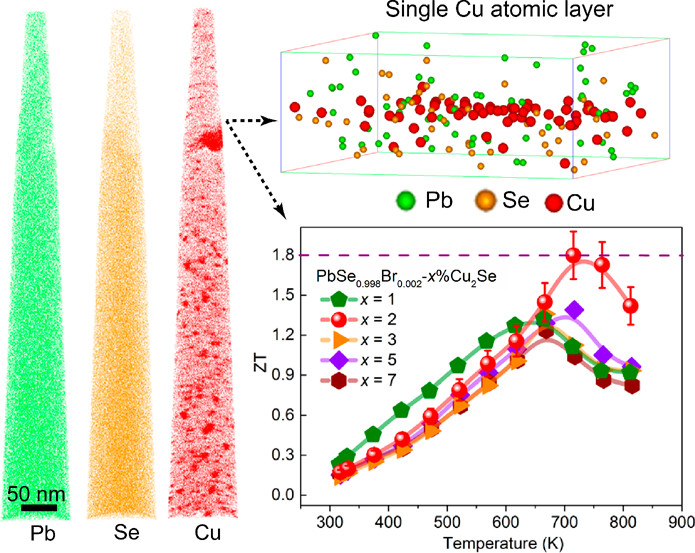
J. Am. Chem. Soc., 2018, 140, 15535–15545
